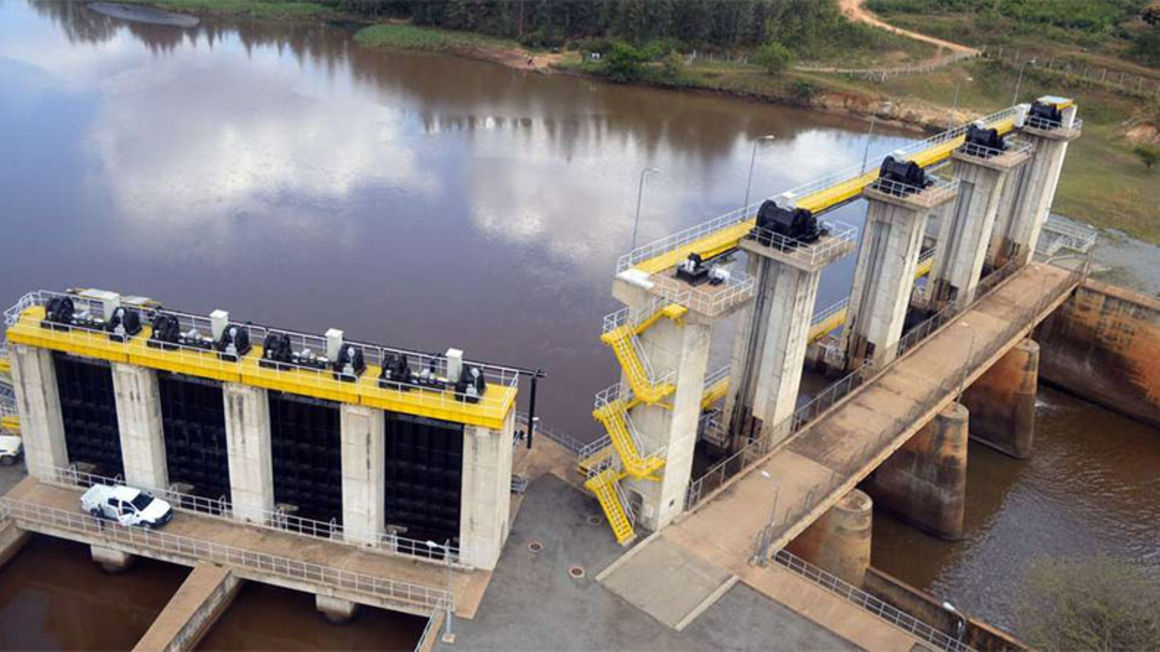
Sondu- Miriu hydroelectric power plant in Nyakach, Kisumu. PHOTO | ONDARI OGEGA | NMG
Electricity demand in Kenya could exceed the generation capacity by 2027 unless production increases to
catch up with usage and avert power shortages that might lead to load shedding and rationing.The International Energy Agency (IEA) projects that the electricity demand growth rate will accelerate to an average of 5.7 percent between 2024 and 2026, meaning that Kenyans could consume more than 13,055 gigawatt-hours (GWh) by 2027.
This will outpace the growth rate of electrical energy generation, set to slow down after Kenya changed its policy on buying electricity from independent power producers last year.
Read: Kenya hit peak electricity demand in December
This means that demand could exceed the electrical energy generation capacity, which is currently estimated at 12,652 GWh, based on the Energy and Petroleum Regulatory Authority’s (Epra) latest statistics.
“In Kenya, electricity demand is estimated to have increased by around 4.5 percent in 2023, and we expect annual demand growth of 5.7 percent on average from 2024 to 2026,” IEA said in its Electricity 2024 report published last week.
Demand for electrical energy is currently estimated at 10,008 GWh as of 2022, meaning the country’s power producers are generating an excess of about 2,000 GWh annually, minus system losses.
This comes at a time when Kenya is slowing down its investment in infrastructure, which could hurt its efforts to step up generation.
Latest government data shows that spending on projects in the energy sector such as electricity generation plants and power transmission lines dropped to the lowest levels in the first half of the year to December 2023.
The Treasury data shows a modest Sh2.50 billion was wired to development projects in the half-year period, a sharp fall from a record high of Sh17.27 billion in a similar period in the financial year 2017-18.
In the one year to June 2022, Epra says, more than 700,000 more people were connected to the national grid, increasing the power demand. This number is forecast to grow much faster until 2026, piling even more pressure on existing power generation.
The generation capacity might not grow as fast to match the increased demand over the next few years, creating a demand gap.
In a recent report, the IEA said Kenya’s transition from the Feed-in Tariffs policy to the Renewable Energy Auction Policy last year is discouraging new investments in the sector, slowing down the growth of electricity generation.
The latest data by Epra shows that between 2021 and 2022, electricity generation increased by 4.55 percent, with thermal and solar energy recording the most improvement.
However, the change of purchase policy could slow down new additions in renewable energy, unless the government takes action to encourage more investment through favourable terms under the new auction purchase policies.
Read: Rising electricity demand pushes Kenya on verge of rationing
“While the initial auctions have yet to be announced, firm pricing structures, coupled with a reliable schedule would accelerate additions,” IEA said in their Renewables 2023 report, which explore the state of renewable energy in member and association countries.
→ vogweno@ke.nationmedia.com




No comments :
Post a Comment